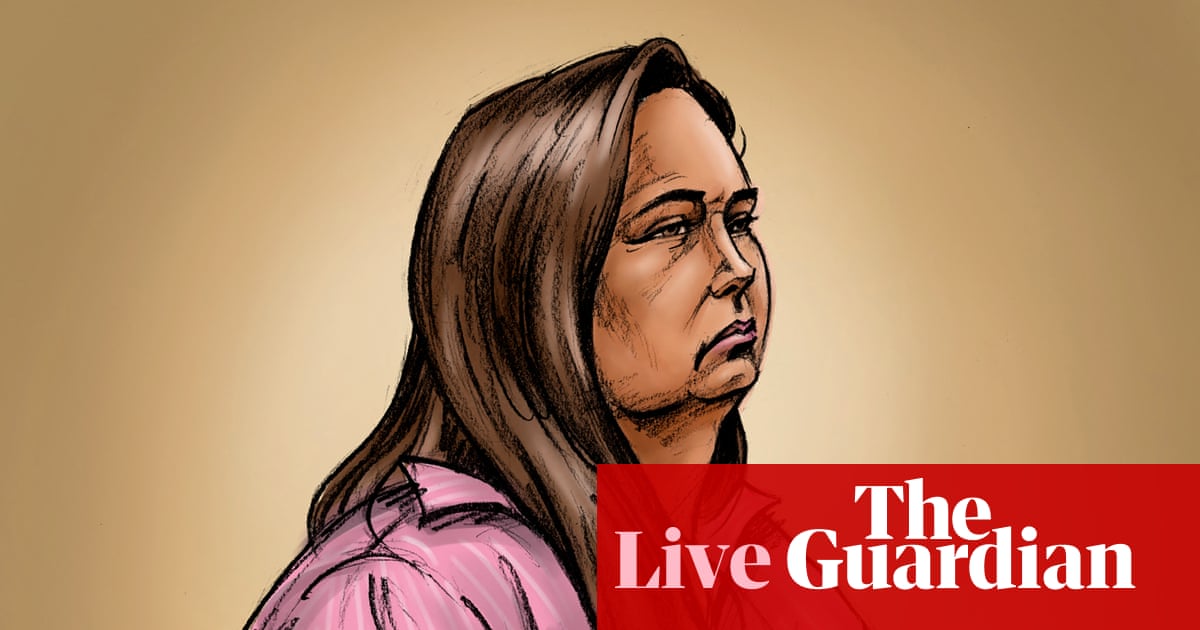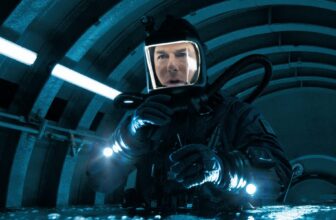
Take a look at our newest merchandise
Key occasions
Dr Thomas Could says when figuring out posts on iNaturalist he’s not doing so with the identical rigour he applies in different contexts.
Stafford continues to indicate Could photographs of mushrooms from the iNaturalist web site.
He’s proven a photograph of what’s labelled the shaggy parasol mushroom.
Could verify the shaggy parasol mushroom is poisonous via his work on the Victorian Poisons Data Centre.
He’s additionally proven a photograph of a buttery collybia mushroom. Could says it doesn’t develop in Victoria regardless of a put up on iNaturalist reporting it within the state.
Dr Could confirms that the genus armillaria – or honey mushroom – grows in Gippsland.
He says that the Victorian variant of those mushrooms is bitter and isn’t prone to be eaten.
Dr Thomas Could discusses Gippsland mushroom sightings
Lawyer Sophie Stafford asks Dr Thomas Could a few map of Gippsland from the iNaturalist web site, displaying scattered crimson dots.
Could says these marks are reported mushroom sightings. He agrees some could also be “research-grade” observations and others are unverified observations.
Beneath cross-examination, Could agrees the oudemansiella gigaspora mushroom has comparable visible options to the loss of life cap together with a clean cap and white gills.
He agrees he’s not conscious of it being poisonous to people.
Lawyer Sophie Stafford is taking Dr Thomas Could via screenshots of mushroom posts from the citizen science web site iNaturalist.
She begins displaying Could photographs of what are labelled stubble rosegill mushrooms on the web site. Could says he can not verify the primary and second picture is a stubble rosegill based mostly on the picture.
Could says the stubble rosegill is just not on the listing of poisonous mushrooms he’s conscious of. He says he would count on the species to be “fairly widespread” in Victoria.
The subsequent mushroom is labelled oudemansiella gigaspora. The photographs exhibits the cap and stem of the mushroom. Could says he can not establish it from the picture.
He says he has recognized over 30,000 photographs from iNaturalist however won’t ever establish a mushroom the place the “underside” or the gills are unable to be seen.
Dr Thomas Could started giving his proof yesterday, telling the court docket that:
-
loss of life cap mushrooms had been mostly reported in Could
-
there had been three recognized sightings of loss of life cap mushrooms within the Gippsland area
-
the “citizen science” web site iNaturalist is commonly used to report sightings
Make amends for what else the mushroom knowledgeable has stated thus far on this report from our justice and courts reporter, Nino Bucci.
Dr Thomas Could says ‘spore print’ and DNA testing can be utilized to establish loss of life cap mushrooms
Lawyer Sophie Stafford takes Dr Thomas Could via the visible options of a loss of life cap mushroom which she says has
Could agrees that these are the options he’s on the lookout for when attempting to establish if a species is a loss of life cap mushroom.
He agrees a “spore print” and DNA testing can be used to verify if a mushroom is a loss of life cap – if a pattern is offered.
Could says when offering recommendation to the Victorian Poisons Data Centre he’ll qualify his opinion with phrases like “excessive diploma of likelihood” and “consistency”.
He says when within the subject, when seeing the mushroom in its setting, he’ll usually really feel extra assured to establish a loss of life cap.
Dr Thomas Could cross-examined by defence
The defence is constant their cross-examination of Dr Thomas Could, a mycologist or scientist specialising in fungi.
Erin Patterson’s defence lawyer, Sophie Stafford, is cross-examining Could.
Beneath cross-examination, Could agrees he has made conclusions in articles that most of the people has a poor capacity to establish mushrooms.
He additionally agrees there have been a number of incidents of misidentification of mushrooms.
“Accordingly, you encourage one thing you’ve likened to an apprenticeship, which takes a very long time to precisely establish mushrooms within the wild,” Stafford says.
“That’s right,” Could says.
What we realized on day 10 of Erin Patterson’s homicide trial
Whereas we look ahead to issues to start, right here’s what the jury heard on day 10 of Erin Patterson’s triple homicide trial:
1. Dr Laura Muldoon, who handled Erin at Monash medical centre, stated the mushroom cook dinner appeared “clinically nicely” on 31 July – two days after the lunch.
2. Medical testing confirmed Erin had no indicators of liver toxicity earlier than she was discharged from Monash medical centre on 1 August, the court docket heard.
3. Jurors had been proven a photograph of the stays of the fateful beef wellington meal. The photographs present a pastry encasing a brown paste. There are additionally leftovers of the brown paste within the picture.
4. An internationally famend mushroom knowledgeable, Dr Thomas Could, advised the court docket he posted a put up of loss of life cap mushrooms he had noticed on a stroll to the “citizen science” web site iNaturalist. He stated the put up included a number of photographs, latitude and longitude and geo-coordinates, however not the particular avenue.
We’re anticipating at the moment’s proof to start shortly after 10.30am.
The defence are anticipated to proceed the cross-examination of mushroom knowledgeable Dr Thomas Could, who started giving proof on Tuesday.
Patterson, 50, faces three costs of homicide and one cost of tried homicide referring to a beef wellington lunch she served at her home in Leongatha, in regional Victoria, on 29 July 2023.
She is accused of murdering her in-laws, Don and Gail Patterson, and her estranged husband’s aunt, Heather Wilkinson. The tried homicide cost pertains to Heather’s husband, Ian.
She has pleaded not responsible to the fees. The prosecution alleges Patterson intentionally poisoned her lunch friends with “murderous intent”, however her legal professionals say the poisoning was a tragic accident.





![[2024] MSI Aegis R2 C14NUF9-829US (Intel Core i9-14900F, 128GB DDR5 RAM, 2X 2TB NVMe SSD, NVIDIA GeForce RTX 4070 Ti Super, Windows 11) Gaming Desktop PC](https://m.media-amazon.com/images/I/81i1KVslX4L._AC_SL1500_.jpg)







